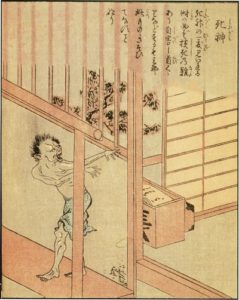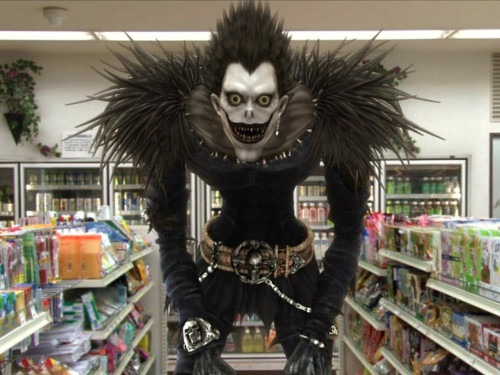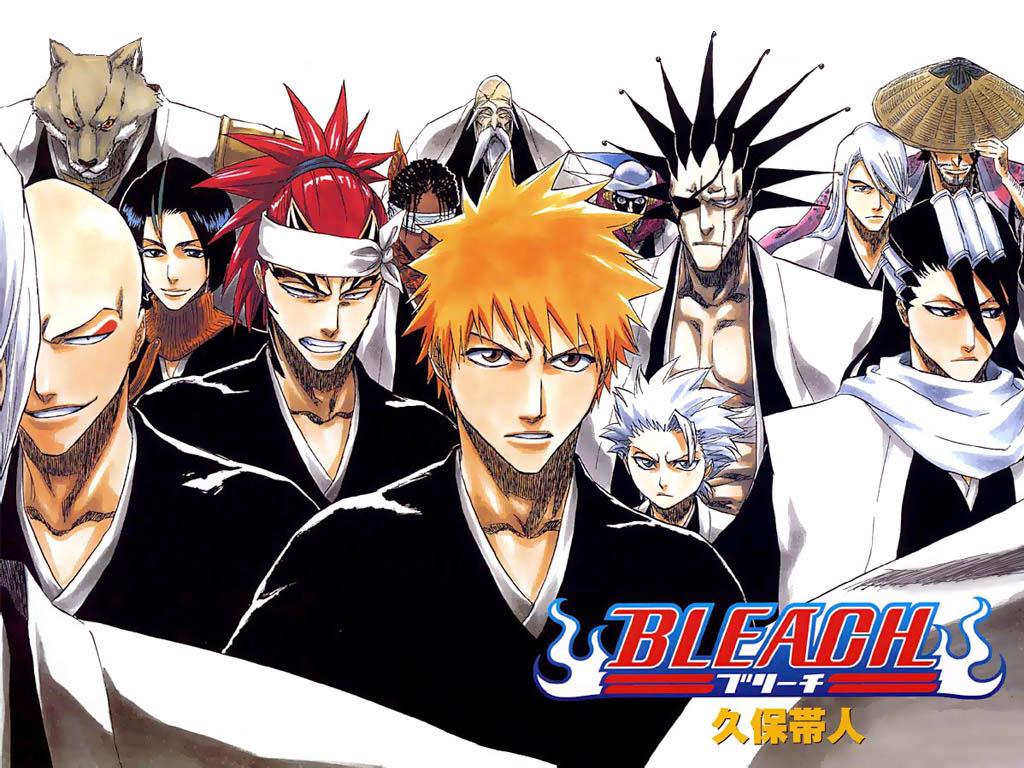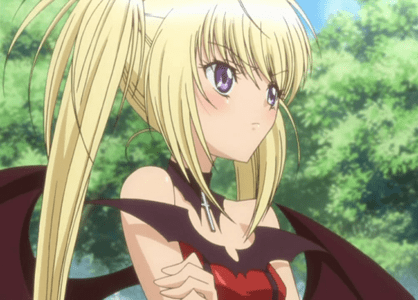
Now, I do not purport to be an expert in Japanese folklore (or in anything, really) but as near as I can tell the Shinigami started life in the 18th or 19th century, springing forth from a variety of influences including traditional Shinto, Buddhist, and Taoist beliefs that merged with Christian influences from abroad. While the Grim Reaper is considered a fearsome creature in the West, Shinigami are more intercessors, functionaries in the grand cosmic bureaucracy whose only function is to escort souls from our world to the next. While the Grim Reaper is singular, Shinigami are depicted as being many, and working together to achieve their goals.
The word “Shinigami” itself means “death god” or “death spirit”. They are believed to be a form of kami, or a spirit not unlike the Western concept of an angel. While their role in folklore has only come about in relatively recent times, the Shinigami’s impact on modern Japanese pop culture has been tremendous. From Bleach to Death Note, Shinigami are often portrayed as alternatively scary, monstrous beings to human-like entities merely fulfilling a function. It seems that, for the time being at least, the Shinigami are here to stay.




Great information. I haven’t heard much information about Shinigami, except as they are presented in the anime Bleach.
I found it interesting that Shinigami are a relatively new idea.